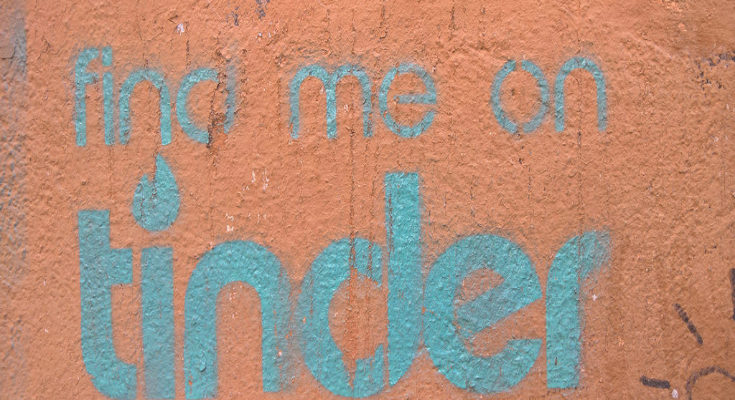photo credit: Urban Isthmus via Creative Commons, Flickr
By Jessica Hall
Is meeting people in person a thing of the past? Everyone knows at least one person who has tried or attempted to try online dating: whether they are still committed to it or they created profile and never went back to it. Online dating is multifaceted; it is not just limited to the cliché dating sites like eHarmony.com, OkCupid.com, and Match.com. Although these are the forerunners of the online dating phenomena, they are not the only ones that exist. Before Match the first official dating website, launched in 1995, there were other facets of online dating that perhaps were not created intentionally for the purpose of online dating. We can trace online dating back to the times when emails were the way to go for “instant” messaging. Though we have moved on, we have not abandoned emails as a source of communication for courting, according to research data collected by eHarmony, today 48% of online relationships end through emails.
With the launch of a few dating websites, by the year 2007 online dating had become the second most paid for online service. In recent years, online dating has become mobile and a bit easier. The creation of dating apps like Tinder and Bumble has made the concept of online dating more appealing to a younger crowd, millennials if you will. Online dating websites have often catered to an older crowd – in the 90s and early 2000s adults over 30 were the main demographic using desktop and laptops beyond the scope of gaming and entertainment, for communication. Therefore, the main market for online dating was the older crowd, those who have perhaps given up on dating in real life – those who may have hesitations about “getting back out there” after a divorce, or having kids, or being above the “desired” age for singles.
With the emergence of dating apps, the accessibility has increased and made the concept of online dating more appealing to younger crowds. These dating apps made it as simple as simply connecting your account to Facebook or Instagram and they will do the rest for you. Your pictures are already there and they choose singles in your area based off of connections and information provided through your corresponding social media accounts. How much easier could it get?!
As time eggs on, dating through the internet has become a lot more commonplace and more destigmatized. In the past ten years, 15 percent more of Americans have grown to accept the idea of meeting people online. Not only are people using more dating apps and websites, but people are now meeting over social media more than before. Social media sites like Facebook allow you to friend request almost anyone, a common way for people with mutual friends to get together. Other sites like Twitter and Instagram allow users to receive and send DMs – direct or private messages from one user to another – from anyone. This has become so commonplace now that it has even become a part of meme culture – sliding into the DMs.
The data collected in the attached Storymap, timeline and infographic highlight the emergence of online dating trends throughout the United States. The Storymap shows the popularity of particular dating apps in different regions; as found in research, the top used dating app in Alaska is Tinder. The timeline shows the history and development of the online dating industry, starting with the launch of Match in 1995, which was the pioneer of this industry. The infographics show demographic information about online dating: an important find being that men use dating websites more than women do.
Sources:
infographic:
http://www.pewinternet.org/2016/02/11/15-percent-of-american-adults-have-used-online-dating-sites-or-mobile-dating-apps/
https://www.eharmony.com/online-dating-statistics/
Storymap:
https://www.bustle.com/p/whats-the-most-popular-dating-app-in-your-state-this-map-shows-the-most-searched-online-dating-services-in-the-us-38677
https://www.highspeedinternet.com/resources/popular-dating-app-state/

